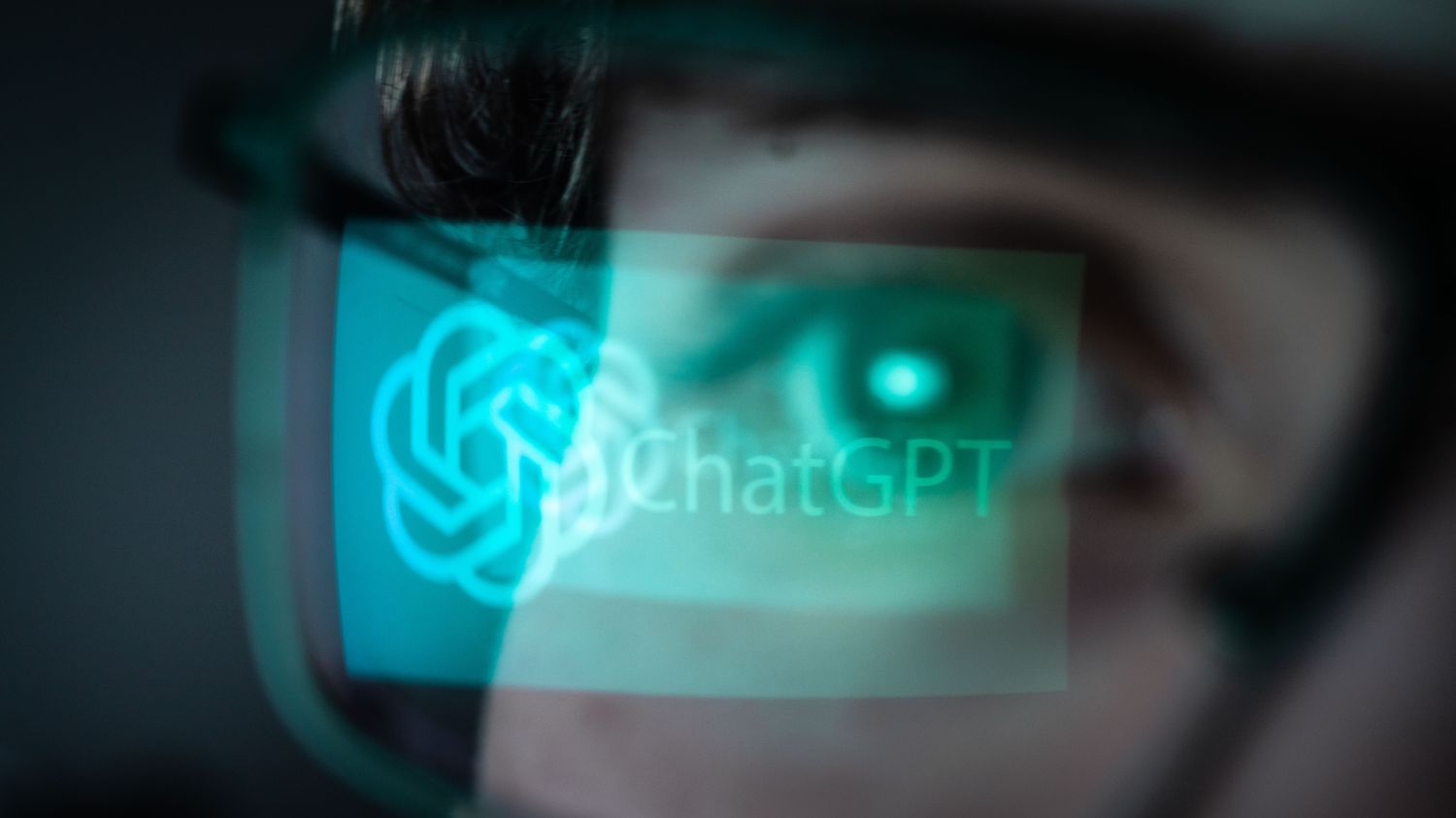Until now, artificial intelligence programs and other conversational robots have been more like learned parrots.

Published
Reading time: 2 min

A new version of ChatGPT, GPT-O1, was just presented on Friday, September 13, and according to its creator OpenAI, this version is capable of reasoning and solving complex mathematical problems. We really need a new approach, because although we talk about artificial intelligence, today, we are more likely to deal with learned parrots. They are capable of summarizing for you War and Peace in ten lines, but if you ask them a basic question like “how many n’s are there in the word astonishment?” AI answers that there are two n’s in the word gold, the correct answer is three.
This new model will adopt a functioning closer to the human brain. That is to say, it will break down the problem into simple steps. And if it hits a dead end, it will learn from its mistakes and try a different approach. This will allow it to solve complex problems and, above all, to limit the famous hallucinations, this tendency to invent things, when it has no answer.
GPT-O1 manages to answer the question about astonishment. It even passed a math test with flying colors, succeeding 83% of the problems, compared to 13% for GPT-4o, the current reference, but it still has a little trouble with everyday problems. For example, it was asked a primary school problem: “A farmer stands on one side of the river with three sheep and a boat that can carry one person and two animals. How can the farmer transport the three sheep to the other side of the river with the minimum of trips?” The correct answer is three trips. Once with two sheep, the return trip and a third trip with the last sheep. Except that the new GPT is completely confused. It counts four trips and tries to justify it as best it can.
It’s not quite there yet, but OpenAI has warned. We’re only at the very beginning. It still needs fine-tuning. This remains an essential step in the development of AI. Without a minimum of reasoning capabilities, these tools will remain simple learned parrots that regularly hallucinate.
